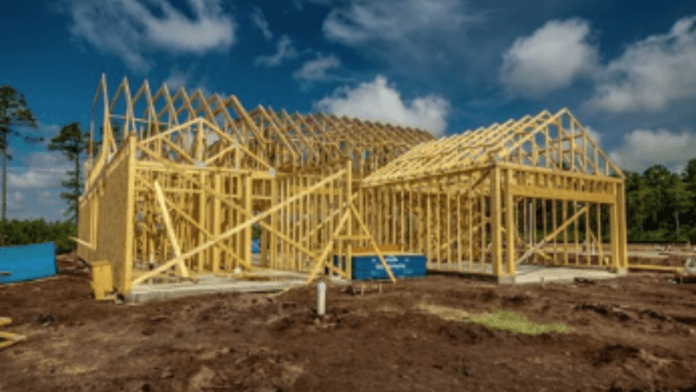SC Building permits, state-wide, are down 8%, however, the Myrtle Beach area (Little River to Pawleys Island) new home starts are up 9%.
As permits and housing starts decline nationwide, South Carolina faces similar challenges in its residential construction sector. Permitting activity in the state has dropped for a second consecutive year, marking a -8% decrease compared to the previous year. This slowdown hints at challenges for housing affordability and availability across the state.
Zooming in further to see where permits fell the most, we found that:
- South Carolina issued 42,423 new permits last year, down -8% from the previous year. The drop was particularly sharp for multi-family buildings with 5 or more units (-44%), signaling a tightening market that could limit accessible housing options for residents;
- The Charleston metro area witnessed the highest decrease (-7%), with around 8,500 new permits issued last year. Despite the overall decline, there was a notable 89% increase in permits for 2- to 4-unit buildings, suggesting a shift towards smaller multi-unit housing options;
- Greenville-Anderson and Columbia, other medium-sized metros, also experienced nearly -6% drops in permitting activity, echoing the statewide pattern of regional housing challenges, affecting construction sectors and potential homebuyers alike;
- Myrtle Beach-Conway metro area bucked the statewide trend with a 9% increase in SC building permits issued. This goes to show that some areas within the state continue to foster opportunities for housing development and improved affordability;
- Smaller metros like Sumter and Spartanburg saw nearly -6% decreases in permits for new homes, with Florence close behind at -5%, complicating the quest for affordable housing in these area for potential buyers.


